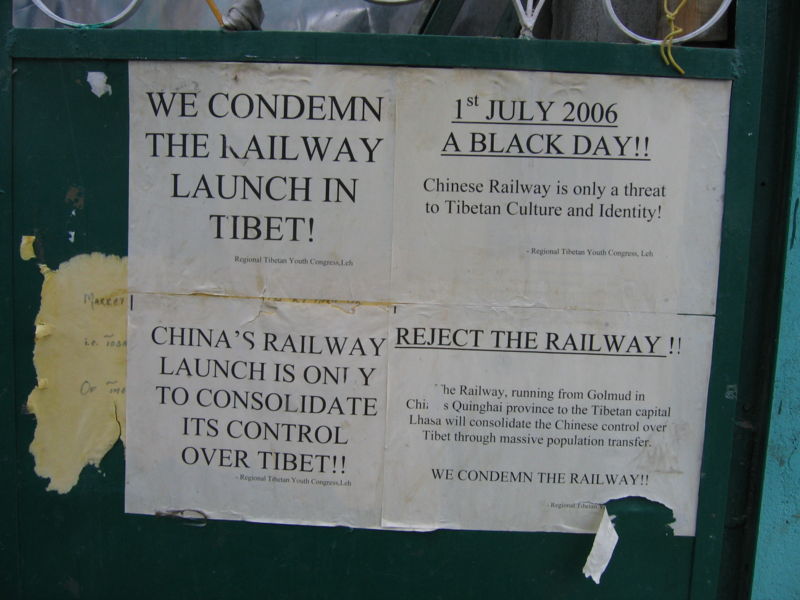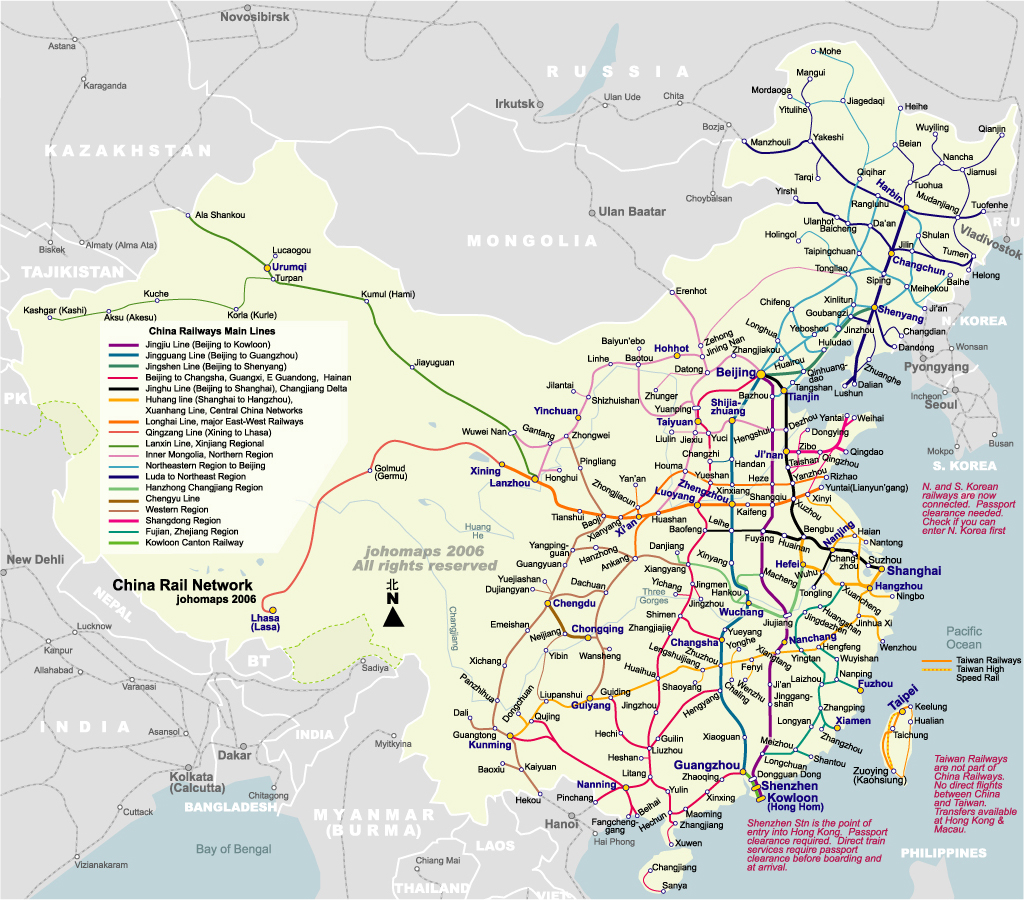
China's Railway Network
The People's Republic of China has one of the largest rail transport networks in the world. With more than 76,000 km of tracks only the United States and Russia have larger networks.
Rail is one of the principal means of transport in Mainland China, with over 10 billion railway trips taken each year. The Spring Festival Travel Season is the peak railway travel season of the year. In 2006, more than 1.44 billion people traveled by rail during this 40 day festival period.
You usually have to buy your ticket at the station of departure, or occasionally through hotels or travel agents. Tickets are released roughly five days in advance.
Train stations are important central hubs in most medium-sized Chinese cities. Many larger cities such as Wuhan, Beijing and Shanghai have more than one station.
There are typically four classes of travel:
Once aboard the train, the conductor comes around and you trade your paper ticket for a metal card. This is how the train conductor keeps track of who is going where. About an hour before your arrival the conductor wakes you up to swap the metal card for the original ticket.
As you leave the station you arrived in, officials look at your ticket to make sure you aren’t cheating the system. As you exit the station little kids try to buy your ticket from you… although I don’t know why!
LIFE ON THE TRAIN
The lights typically go out around 10PM. The worst part is the stupid music they pipe in during the day - you can’t turn it off!
Passengers typically pass the time by chatting, playing cards, reading, napping, eating, smoking or getting drunk on bai jiu (Chinese rot gut liquor).
Periodically, train workers come through selling food and beverages and inexplicably, socks! Of course, it’s cheaper to buy food at the train station. You can also by some hot food when the train stops. A popular choice is instant noodles. Hot water is freely available.
Other train workers come through to sweep up the trash, which can be a huge avalanche at times.
Crossing the country takes 3 days straight (Kashgar to Shanghai). Beijing to Shenzhen takes 24 hours.
China is connected to Russia via the Trans-Siberian and Trans-Mongolian Rail Lines. It is possible to travel from Scotland to Saigon entirely by passenger railway! There are also train connections to Vietnam, Kazakhstan, Mongolia, and North Korea.
Qinghai–Tibet railway
The Qinghai–Tibet railway has recently been completed, which connects Xining, Qinghai to Lhasa, Tibet. Direct trains run from Beijing, Chengdu, Chongqing, Xining, and Lanzhou, establishing a straight connection between Lhasa and other major cities in the PRC.
The line includes the Tanggula Pass, which at 5,072 metres above sea level is the world's highest rail track. The 1,338 m Fenghuoshan tunnel is the highest rail tunnel in the world. It is 4,905 m above sea level. Of the Golmud to Lhasa line, more than 960 km, or over 80% of the railway, is built at an altitude of more than 4,000 m, over half of it is laid on permafrost, and 675 bridges on the line, total length 159.88 km.
The trains are special built for high altitude environment. As of October 2006, the diesel locomotives used on Golmud-Lhasa sect are made by GE in Pennsylvania, and the passenger carriages are Chinese-made 25T carriages. Train T27/T28, running between Beijing West and Lhasa, use BSP cars from Bombardier. Passenger cars used on Golmud-Lhasa section are either in deep green/yellow or deep red/yellow in colour. The signs used in the cars are written in three languages: Tibetan, Simplified Chinese, and English.
Bombardier Transportation provided 361 high-altitude passenger carriages with special enriched-oxygen and UV-protection systems (delivered between December 2005 and May 2006). Of these, 53 are luxury sleeper carriages for tourist service.[7] Trains travelling in the frozen earth areas attain maximum speeds of 100 km/h. On the non-frozen earth areas, speeds reach 120 km/h.
Bombardier, a Canadian company founded in Quebec, also built the new New York subway cars.
A Passenger Health Registration Card is required to take the train. The card can be retrieved when purchasing the ticket. Passengers must read the health notice for high-altitude travel and agree the agreement on the card to take the train. On August 28, 2006 a 75 year old Hong Kong man was reported to be the first passenger to die on the train after he suffered heart problems in Lhasa but insisted on travelling to Xining anyway.
The construction of the railway was part of the China Western Development strategy, an attempt to develop the western provinces of China, which are much less developed than eastern China. Now that the line is open, it is possible to travel from Beijing to Lhasa in 47.5 hours, and from Shanghai in 52 hours. The railway will later be extended to Zhangmu via Shigatse (日喀则) to the west, and Dali via Nyingchi (林芝) to the east. A further extension is planned to link Shigatse with Yadong near the China-India border
The line has been met with some controversy.
The Chinese leadership has not hidden its political agenda in constructing the railway, which is a pivotal project of China’s ambitious campaign to develop its western regions. Strategically, Western development reflects the Party’s long-standing aim of ensuring the security of its borders and preserving ‘political stability’ through the integration of the region into China and suppression of dissent to Party rule.
Opponents of China's Tibet policies have claimed that the railway was built to strengthen political control over Tibet despite doubts over its economic viability, and that more money has been spent on it than on healthcare and education in the Tibet Autonomous Region over the last five decades.
Many worry the railway will lead to increased sinicization of Tibet and a further loss to Tibetan culture. Tibetans and activist groups have also expressed concerns that the Chinese government will use the railway to strengthen its military presence in the Tibet Autonomous Region as well as to increase exploitation of Tibet's natural resources and further damage Tibet's environment. As a result, Bombardier Transportation, a Canadian company, has faced international criticism from some pro-independence organizations for its involvement in constructing rail cars for the project.
LINKS TO MORE INFORMATION
http://www.railwaysofchina.com/
http://www.travelchinaguide.com/china-trains/
http://en.wikipedia.org/wiki/China_Railway
http://en.wikipedia.org/wiki/Tibet_railway

Beijing's main train station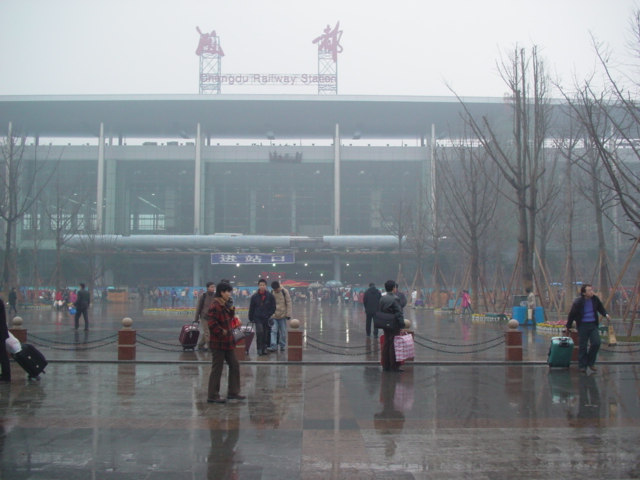
Chengdu train station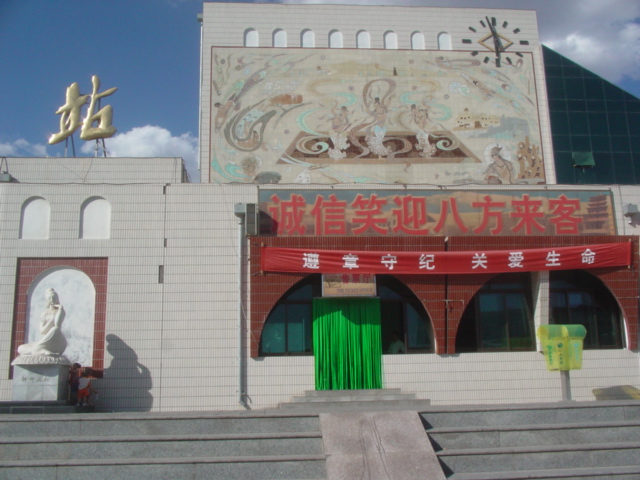
The Dunhuang train station is decorated in a local ethnic fashion.
Urumqi's main train station is written in Chinese characters as well as Uyghur script
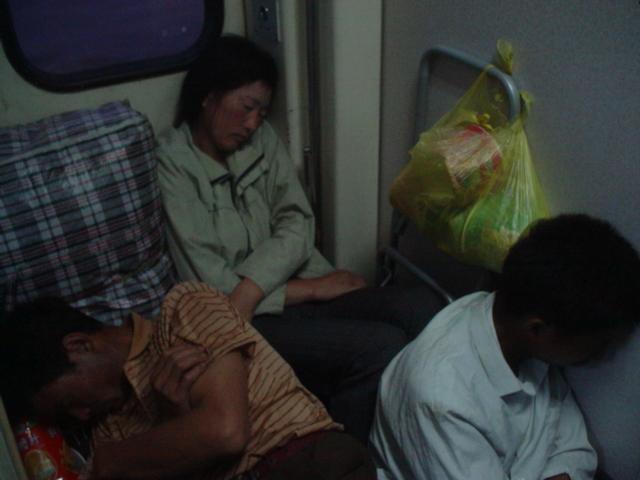

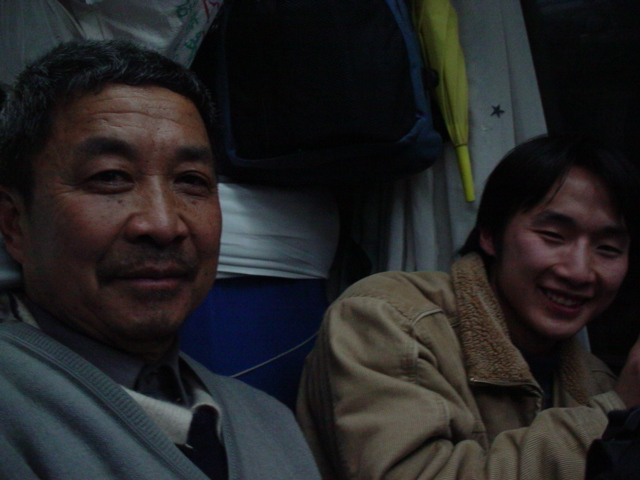

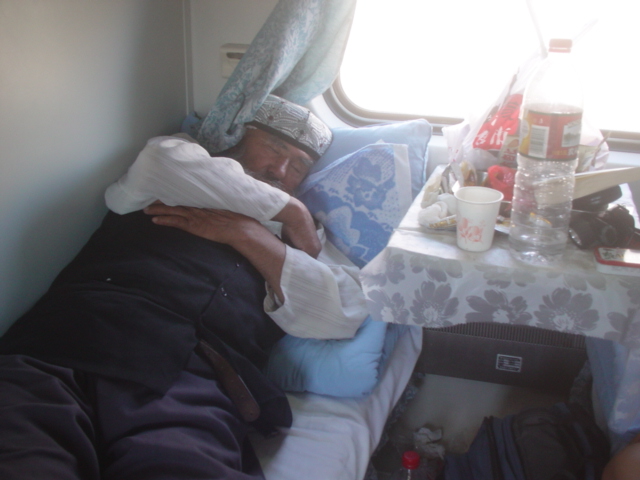

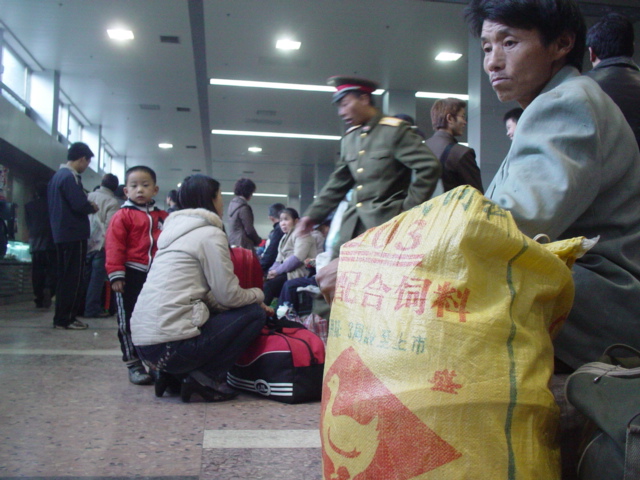

Waiting to embark.


